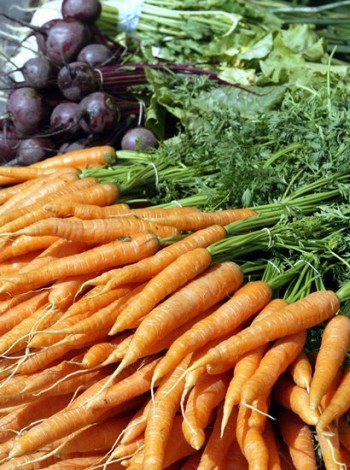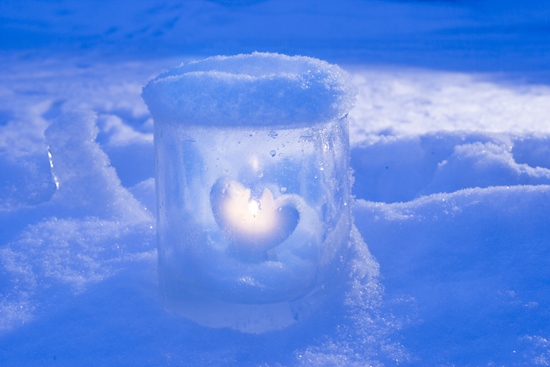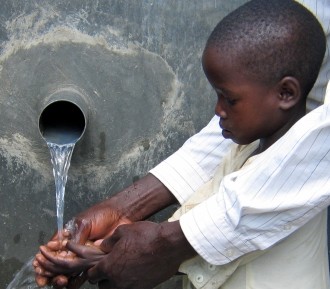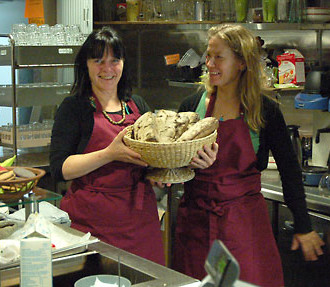It sometimes feels like Christmas has lost its traditional significance and become a celebration of excessive consumption. Finnish environmental organisations offer many tips for if you’d like to find more sustainable ways to enjoy the festivities without missing any of the fun.
“It’s good to try to have a greener Christmas, but this doesn’t mean you can’t splash out a bit and enjoy the festivities, since the routine consumption choices you make the other 364 days of the year have a lot more impact than Christmas alone,” says Jussi Nikula, head of WWF Finland’s ecological footprint programme.
Christmas is famously a time for giving. But Finnish green organisations are increasingly encouraging people to give non-material presents instead of unwanted stuff that will just clutter up our homes. “If you think about what really makes people happy, the best way to celebrate is often to take someone out and share some experience together, perhaps going to a show or an exhibition,” says Nikula. Elderly people who live alone may especially welcome such gifts of shared time.
Charities including FinnChurchAid, WWF and World Vision Finland run popular schemes that enable people to give potentially life-changing or even life-saving presents to needy people in developing countries on behalf of friends or relatives who already have more than enough themselves.
Reining in the festive foods

Finnish dishes such as beetroot salad and root vegetable casseroles are environmentally favourable, as they use seasonally available, locally grown vegetables. Photo: Jussi Nukari/Lehtikuva
Nikula points out that the three main aspects of our personal ecological footprints all year round relate to transport, food and housing. These also form the main issues to think about when planning a green Christmas.
“When it comes to Christmas food there really is a tendency towards overconsumption,” Nikula says. “The most important thing is to avoid buying too much food, and to avoid waste by freezing or creatively using any leftovers.”
The centrepiece of the Finnish Christmas table is typically a huge ham. “In reality, a much smaller ham would be better for most families, leaving more room for other traditional Finnish dishes like beetroot salad and root vegetable casseroles made of seasonally available, locally grown vegetables, which are environmentally favourable,” says Nikula.
Fish also features prominently on festive tables around Finland. Traditional salted herring starters and other sustainably fished species are favourable, rather than fish from overexploited stocks such as wild salmon. WWF Finland publishes a detailed guide to sustainably managed fish stocks.
The most common Finnish Christmas dessert is rice porridge with prunes. Nikula suggests going back to an earlier tradition when the porridge was made from locally grown barley.
Green yuletide choices

No need to make your garden look like Las Vegas when you can create a lantern using ice and a candle. Photo: Matti Kolho/Visit Finland
“Christmas is also a time when many people like to travel to visit relatives or take a holiday, and your choice of how you travel is a potential pitfall if you’re trying to enjoy a greener Christmas,” says Nikula. “The climate impact of flying to Thailand for Christmas probably far outweighs anything you could possibly do at home.”
A surprising number of spruce trees are imported into Finland from specialised Christmas tree plantations in Denmark or Estonia, even though this might seem like shipping sand to the Sahara. The WWF recommends buying locally sourced trees, and especially the attractive lopped-off tops of larger spruce trees that have been cut down for other commercial uses.
Christmas lights and candles are widely used in Finland to brighten up the winter darkness. But there’s no need to make your garden look like Las Vegas when you can create a much nicer atmosphere with a few candles strategically placed in traditional Finnish lanterns made from snowballs or from upturned buckets of frozen water.
“When buying Christmas lights, look for durable, low-energy options,” says Nikula. “And if you use those popular, small, tea-light candles, it’s very important to collect their aluminium cup containers for recycling, since aluminium has a huge environmental footprint.”
Environmental organisations encourage the use of e-cards, emailed electronic greeting cards, to save on envelopes, cards and postal services, though WWF also sells wildlife-themed Christmas cards and uses the proceeds to fund the organisation’s global nature conservation work.
“Making Christmas greener can ultimately be quite simple,” Nikula says. “Give time and shared experiences to your loved ones instead of material gifts; avoid wasting food; and think about how you travel during the holidays.”
By Fran Weaver, November 2013






